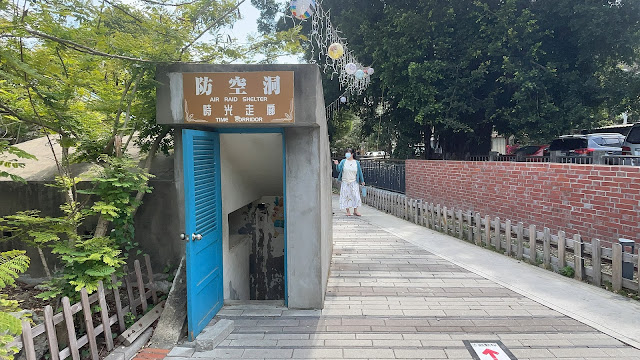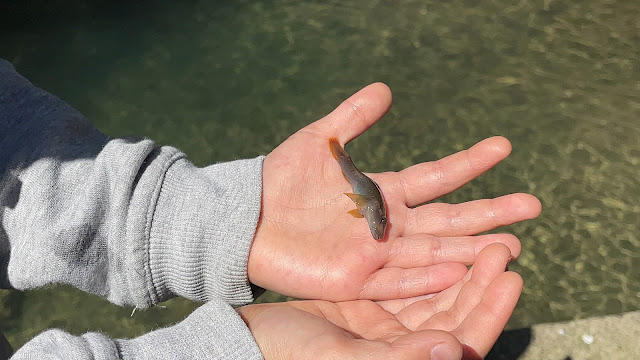Poland, a land of rich history, breathtaking landscapes, and vibrant culture, holds a treasure trove of fascinating facts waiting to be uncovered. From ancient traditions to modern innovations, here are 32 interesting tidbits about this enchanting country that will leave you intrigued:
1. Size Matters: Poland ranks as the 9th largest country in Europe, offering a vast expanse of diverse terrain to explore.
2. Roots of the Name: The name "Poland" (Polska) originates from the tribe "Polanie," meaning "people living in open fields," reflecting its early inhabitants' way of life.
3. Vanishing Act: Between 1772 and 1795, Poland disappeared from world maps due to partitions by neighboring powers.
4. Constitutional Trailblazer: In 1791, Poland adopted the world's second written constitution, just after the USA, setting a groundbreaking precedent in governance.
5. Phoenix from the Ashes: Warsaw, ravaged during WWII, rose from its ruins to meticulously reconstruct its Old Town, preserving its medieval allure.
6. Eclectic Landscapes: From beaches to mountains, forests to lakes, and even Europe's only desert - the Bledowska Desert, Poland boasts diverse natural wonders.
7. Academic Heritage: Home to the second oldest university in Europe, Jagiellonian University, founded in 1364, Poland has long been a center of academic excellence.
8. Salt of the Earth: The Wieliczka Salt Mine, over 800 years old, stands as a testament to Poland's rich mining heritage and architectural ingenuity.
9. Market Marvel: Krakow's market, the largest in Poland and Europe, spans an impressive 200 meters on each side, bustling with activity and history.
10. Lake Paradise: The Masurian Lake District enchants with over 2300 lakes, offering tranquil retreats and scenic vistas.
11. Global Celebrations: Argentina honors Polish heritage with Polish Day, established in 1995, highlighting the enduring bond between the two nations.
12. Culinary Legacy: Poland's culinary heritage dates back centuries, with the first surviving Polish cookbook published in 1698, offering a glimpse into traditional gastronomy.
13. Musical Extravaganza: The Pol'and'Rock Festival, Europe's largest outdoor music festival, captivates audiences with its electrifying performances and vibrant atmosphere.
14. Architectural Marvel: The Palace of Culture and Science boasts the second largest clock in Europe, a testament to Poland's architectural prowess.
15. Cheese Chronicles: Evidence of cheese production dating back 7500-8000 years near Warsaw underscores Poland's rich dairy traditions.
16. Slimmest Abode: Warsaw lays claim to the narrowest house in the world, a mere 92 cm wide at its thinnest point, nestled between two buildings.
17. Golden Years: The President of Poland honors enduring love by awarding medals to couples celebrating 50 years of marriage, a touching tribute to lifelong commitment.
18. Scarred by War: Poland's resilience shines through its tumultuous history, with approximately 20% of its population perishing during WWII, a testament to the nation's fortitude.
19. Libation Innovation: Polish culture embraces unique drinking customs, such as beer with juice or mulled wine, adding a distinctive flair to social gatherings.
20. Bison Haven: Europe's heaviest land animals, European bison, roam freely in Poland's Białowieża Primeval Forest, a symbol of conservation efforts and biodiversity.
21. Gone but Not Forgotten: The Warsaw Radio Mast, once the world's tallest structure, stood as a beacon of communication until its collapse in 1991, leaving behind a legacy of technological marvel.
22. Castle Grandeur: Malbork Castle, the largest castle globally, enchants visitors with its grandeur and Gothic architecture, a testament to Poland's medieval heritage.
23. Etiquette Essentials: Polish culture places importance on etiquette, with wearing hats indoors considered impolite, especially in homes or places of worship.
24. Festive Soak: Smigus Dyngus, celebrated on Easter Monday, sees revelers engage in water fights, symbolizing purification and fertility, in a lively tradition cherished by many.
25. Name Day Celebrations: Poles commemorate their name days, associated with saints, alongside birthdays, reflecting a deep-rooted connection to tradition and religious customs.
26. Dubbing Delight: Foreign movies and series on Polish TV are uniquely dubbed by a single male voice, a distinctive feature of Poland's television culture.
27. Amber Appeal: Poland leads globally in amber exports, with souvenirs and jewelry prized for their beauty and craftsmanship, attracting tourists from far and wide.
28. Mushroom Foraging: Picking wild mushrooms in forests is a beloved family pastime in Poland, with generations passing down knowledge of edible varieties.
29. Historic Hospitality: Wrocław's "Piwnica Świdnicka," Europe's oldest restaurant in continuous operation since 1275, offers a taste of history and culinary delights.
30. Floral Faux Pas: A cultural quirk dictates that even-numbered flowers are reserved for funerals, with chrysanthemums and white lilies symbolizing remembrance and reverence.
31. Hidden Gems: Poland boasts Europe's oldest forest, the village with the geometric center of Europe, and the unique Wild Pigs Beach, offering surprises at every turn.
32. Farewell to Winter: Poland bids adieu to winter with a unique tradition. Marzanna dolls, symbolizing winter, are ceremoniously "drowned" in rivers or lakes on the first day of spring, marking the onset of a new season.
From its storied past to its vibrant present, Poland captivates with its rich tapestry of culture, tradition, and innovation. These 32 intriguing facts offer a glimpse into the heart and soul of this extraordinary country, inviting you to explore its wonders and forge unforgettable memories. So, what are you waiting for? Dive into the enchanting world of Poland and discover its endless charms for yourself!










































